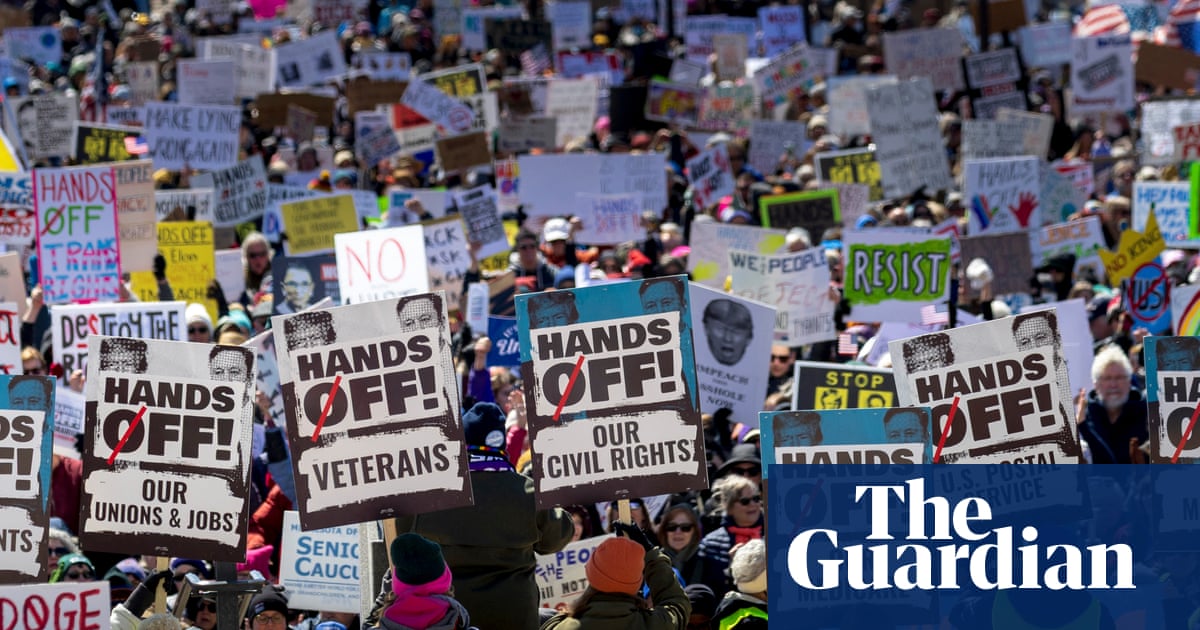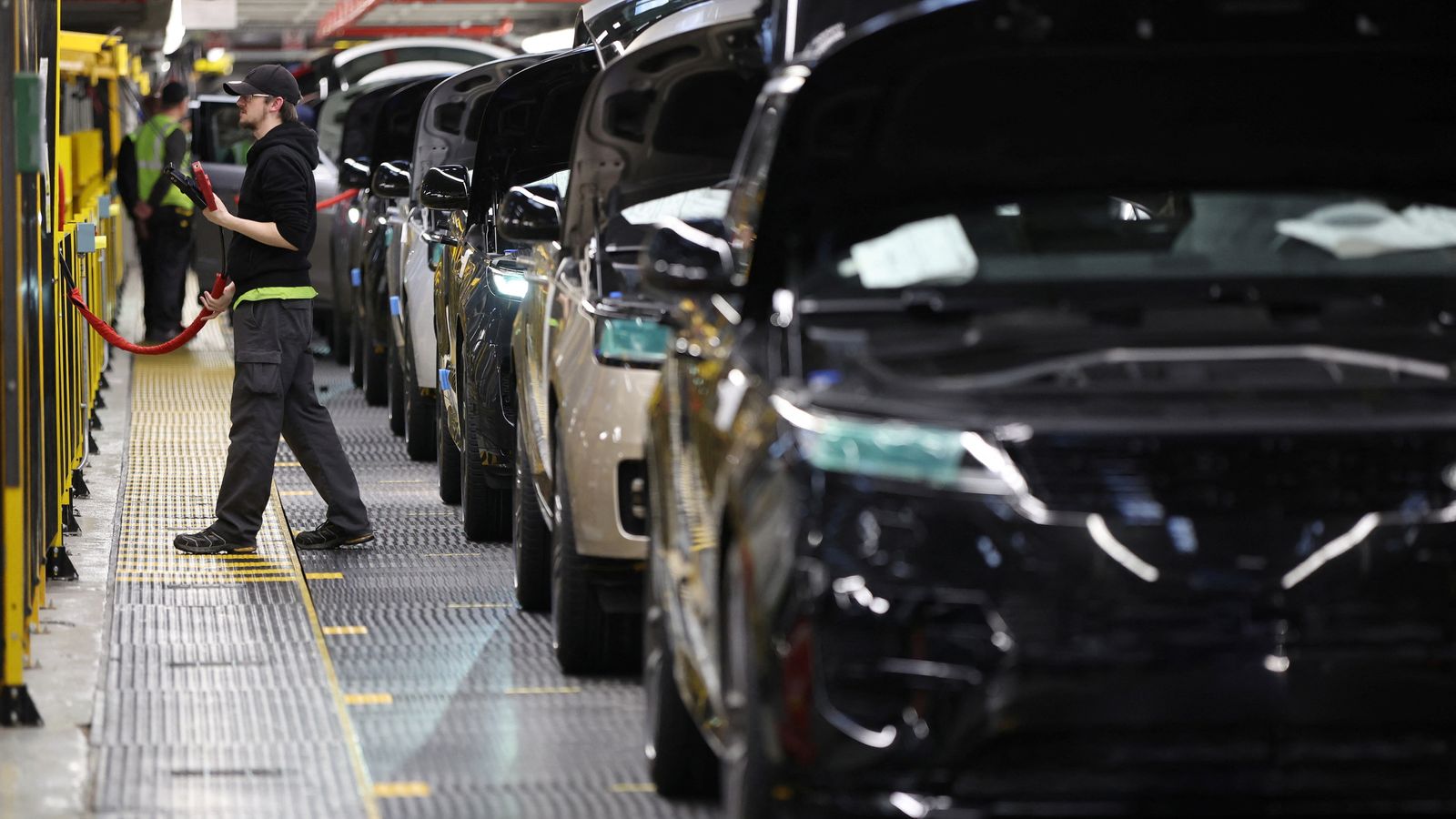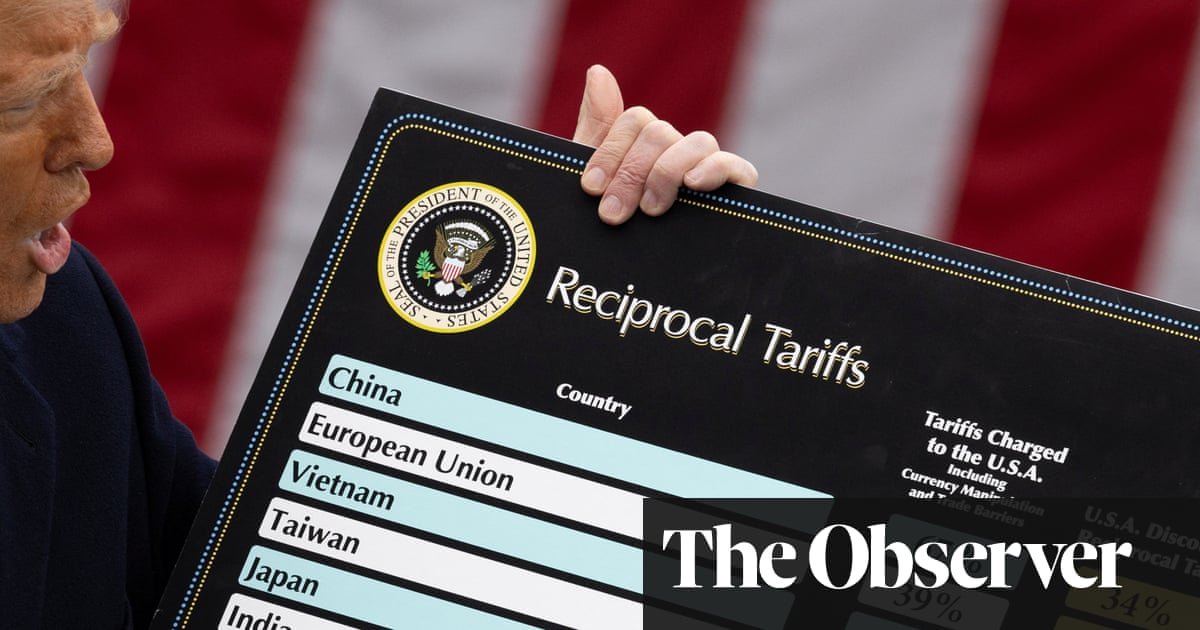‘Nowhere to hide.’ How Apple and others in Silicon Valley are bracing for Trump tariffs
SAN FRANCISCO — The iPhone is a quintessentially 21st century product — Californian in its creation and design and now enmeshed in the global economy.
Apple makes most of its iPhones in China, though in recent years the Cupertino-based company has made more of its products in India, Vietnam and other nations. In all, the tech giant says it relies on more than 50 countries and regions to put AirPods, iPads and MacBooks in the hands of consumers.
Now, that global supply chain is under siege.
This week, President Trump said he would impose a baseline 10% tariff on imports from all countries on Saturday. His administration also added tariffs of 34% on China, 46% on Vietnam and 26% on India.
“Apple has nowhere to hide,” said Eric Harwit, professor of Asian studies at the University of Hawaii at Manoa. “No matter where they’re making their technology, they’re going to be suffering, they’re going to see higher costs.”
Trump’s sweeping tariffs have rattled both investors and some of the world’s most valuable tech companies that have fueled the global economy and Silicon Valley’s growth. They’ve also raised questions about whether these global businesses will pass the higher costs onto consumers or slash their payrolls.
Apple has been especially hard hit. Its stock plunged more than 9% on Thursday and dropped another 7% on Friday to close at $188.38.
Share prices of other tech titans, including Google’s parent company Alphabet, Meta, chipmaker Nvidia and Amazon, also saw big declines, causing the tech-heavy Nasdaq composite to fall 5.8% on Friday — more than 20% below its record set in December.
The unease reflects worries among investors that the tariffs could cause lasting damage, potentially making it harder for the U.S. tech industry to compete globally and dominate the race to deploy artificial intelligence technology, analysts said.
The duties also are expected to drive up the costs of consumer electronics, including the iPhone, as products become more expensive to produce.
“Technology pervades everyday life and these tariffs are attacks on consumer electronics,” said Todd O’Boyle, vice president of technology policy at the Chamber of Progress, a trade group. “They’re attacks on everything that we buy and that includes any foreign parts with global supply chains.”
The levies could cause consumers to pay as much as $2,500 more for an iPhone, which costs roughly $1,000, depending on the model.
Apple did not respond to a request for comment.
Meta, Amazon and Alphabet also produce consumer gadgets but make billions of dollars annually from ads purchased by brands in other countries, which some analysts say could also drop if these advertisers pull back spending.
Meta declined to comment, but its annual report cites the possibility that tariffs or a trade dispute could result in a drop of its China-based ad revenue. The company has also expanded production of its mixed reality headsets in Vietnam.
Alphabet — which makes phones, earbuds, smart speakers and other consumer electronics — also has cited tariffs among the manufacturing and supply chain risks that could harm its business. It did not respond to a request for comment.
The White House said it’s imposing tariffs because it wants to shift more manufacturing jobs back to America.
Relying too much on foreign producers could threaten economic security by “rendering U.S. supply chains vulnerable to geopolitical disruption and supply shocks,” Trump said in his executive order.
“These America First economic policies delivered historic job, wage, and investment growth in his first term, and everyone from Main Street to Wall Street is again going to thrive as President Trump secures our nation’s economic future,” said White House spokesman Kush Desai.
He cited recent multibillion-dollar commitments made by companies such as the Taiwan Semiconductor Manufacturing Co. and Apple to build more manufacturing plants in the United States.
The tech industry has been bracing for more tariffs ahead of what the president dubbed “Liberation Day.”
The Trump administration already imposed tariffs on certain auto parts and imported aluminum and steel, materials that tech companies use to build data centers that store and manage computer hardware and equipment.
The administration spared those materials, along with copper, from its latest tariffs. Semiconductors that power electronics and AI systems also were excluded from what the White House dubbed “reciprocal tariffs.”
Exactly how tech companies will respond to the costs of tariffs is still unclear. While Trump wants businesses to shift manufacturing back to the United States, they could also move production to places with lower tariff rates. It would take years for businesses to build new factories.
It’s also possible these tariffs will not remain.
During Trump’s first term, Apple got exemptions from tariffs imposed on imports from China for some of its products including its smartwatch. Trump’s tariffs in his second term go well beyond China, affecting more countries.
Nick Vyas, founding director of the Randall R. Kendrick Global Supply Chain Institute at USC’s Marshall School of Business, said the Trump administration is signaling to businesses that simply shifting production to places outside China isn’t enough.
“‘Every dollar that I open up my market for you, I need you to open up the market for me [to] the same degree,’” he said, describing Trump’s thinking.
Some tech companies have made efforts to bring more manufacturing back to the U.S.
Among them is Santa Clara-based chipmaker Nvidia, one of the world’s most valuable companies.
While it appears Nvidia would be spared from the brunt of the tariffs because of the exemption to semiconductors, some industry observers said more tariffs could still be coming.
Trump told reporters on Thursday that “chips are starting very soon” when asked if tariffs for chips are off the table.
“We’re manufacturing in so many different places. We could shift things around,” Nvidia’s Chief Executive Jensen Huang said at a Q&A with analysts last month. “Tariffs will have a little impact for us short term. Long term, we’re going to have manufacturing onshore.”
Apple in February said it would invest $500 billion in the U.S. that would go toward various efforts, including opening a manufacturing facility in Houston.
The company said in its annual report that “substantially all” of its manufacturing is done by partners primarily located in mainland China, India, Japan, South Korea, Taiwan and Vietnam.
Shifting where iPhones and other Apple products are made is not easy.
China has engineers who can meet the high quality specifications on Apple products and the U.S. doesn’t have that great a number of engineers with those same skills, Harwit said.
“It’s really that level of manufacturing expertise that Apple developed over many years that make it very difficult for Apple to give up on China and for the U.S. to find the skilled workers really needed in the United States to meet their needs,” he added.
Daniel Ives, a managing director at Wedbush Securities, said that it would take Apple three years and $30 billion to move just 10% of their supply chain from Asia to the U.S. Plus, the iPhone’s price tag would increase to $3,500, he estimated.
“The chances that Apple and the overall tech supply chain moves to the U.S. is a fantasy, fictional tale, unless you like $3,500 iPhones, $2,500 TVs and $300 AirPods,” Ives said.










